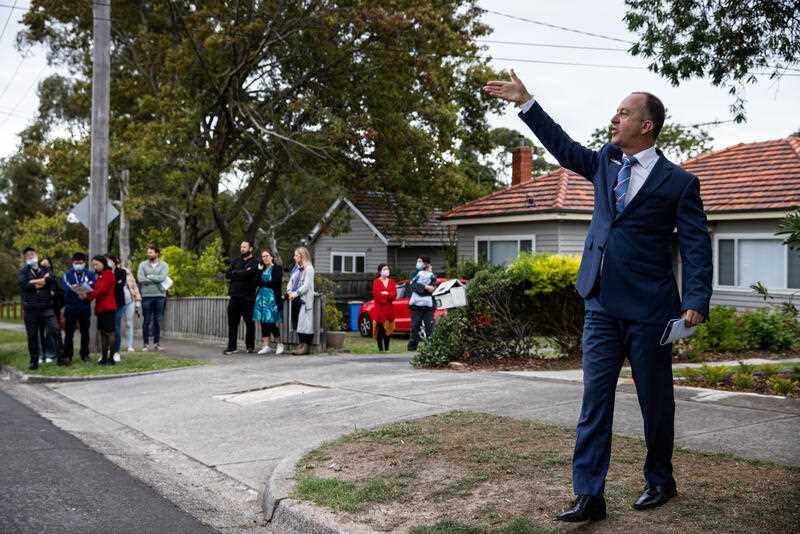By: Poppy Johnston, AAP
Confidence may be returning to the housing market due to rate cut speculation but one economist says rising home values could keep the Reserve Bank wary.
Australia’s housing market continues to exhibit strength though its resilience could push out the timeline for interest rate cuts.
HSBC chief economist for Australia Paul Bloxham says talk of policy easing has helped boost consumer confidence and buoy home prices.
“However, the twist in this story is that, the more and faster that housing prices rise, the less likely it is that the Reserve Bank of Australia will cut rates anytime soon,” he said.
In February, national home prices as tracked by CoreLogic recorded a subtle re-acceleration, lifting 0.6 percent in February after a 0.4 percent increase in January, with performance improving in cities where growth had been trending weak or negative.
Auction clearance rates have also been trending higher, consistent with rising home values.
A persistent imbalance between supply and demand has kept home prices moving higher even as interest rates remain in restrictive territory and living costs stay elevated.
Strong population growth has added to demand and new supply has also been weak, with the latest residential construction figures showing a decline in building in the December quarter of 2023.
Building approvals data released by the Australian Bureau of Statistics on Monday suggest the pipeline of new projects is weak, with a one per cent fall recorded in January, led by detached homes.
Mr Bloxham is expecting three to six per cent in national home price growth given the ongoing undersupply of housing.
While the tight housing market would help support a soft landing for the economy, allowing stressed mortgage holders to sell into a market with rising prices, he also said it’s “not the typical recipe for rate cuts”.
The economist said the RBA would probably read rising housing prices as a sign the household sector was still resilient to higher interest rates.
“Second, the still tight housing market will also make the RBA concerned that rising rents will continue to be a strong contributor to inflation.”
Mr Bloxham said the central bank may not want to start cutting rates “given concerns that it would be pump-priming a housing market that is already heating up”.
“In short, there is some circularity in current events, as expectations for rate cuts may be fuelling a housing price rise, but, at the same time, the housing price upswing may be making those rates cuts less likely,” he said.
Promising progress on inflation and signs of a weakening economy have driven rate cut speculation.
The Melbourne Institute inflation gauge for February shows further easing.
The inflation barometer, which is released on a timelier schedule than the Australian Bureau of Statistics’ consumer price index but uses the same methodology, cooled to four per cent annual growth in February from 4.6 per cent in January.
Job ad data released on Monday also signalled more weakness in the labour market.
The downward trend in the ANZ and Indeed job ad volumes resumed in February, falling 2.8 per cent, following a couple of months of improvements in a row.
ANZ economist Madeline Dunk said the downward movement in job ads suggested there was scope for the unemployment rate to move higher.
“That said, we think most of the near-term adjustment in the labour market will be via a fall in hours worked rather than employment,” she said.
The national accounts for the December quarter are due on Wednesday and are expected to show an economy growing weakly to reflect challenging conditions.






